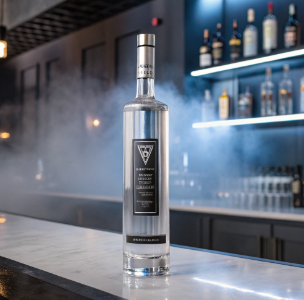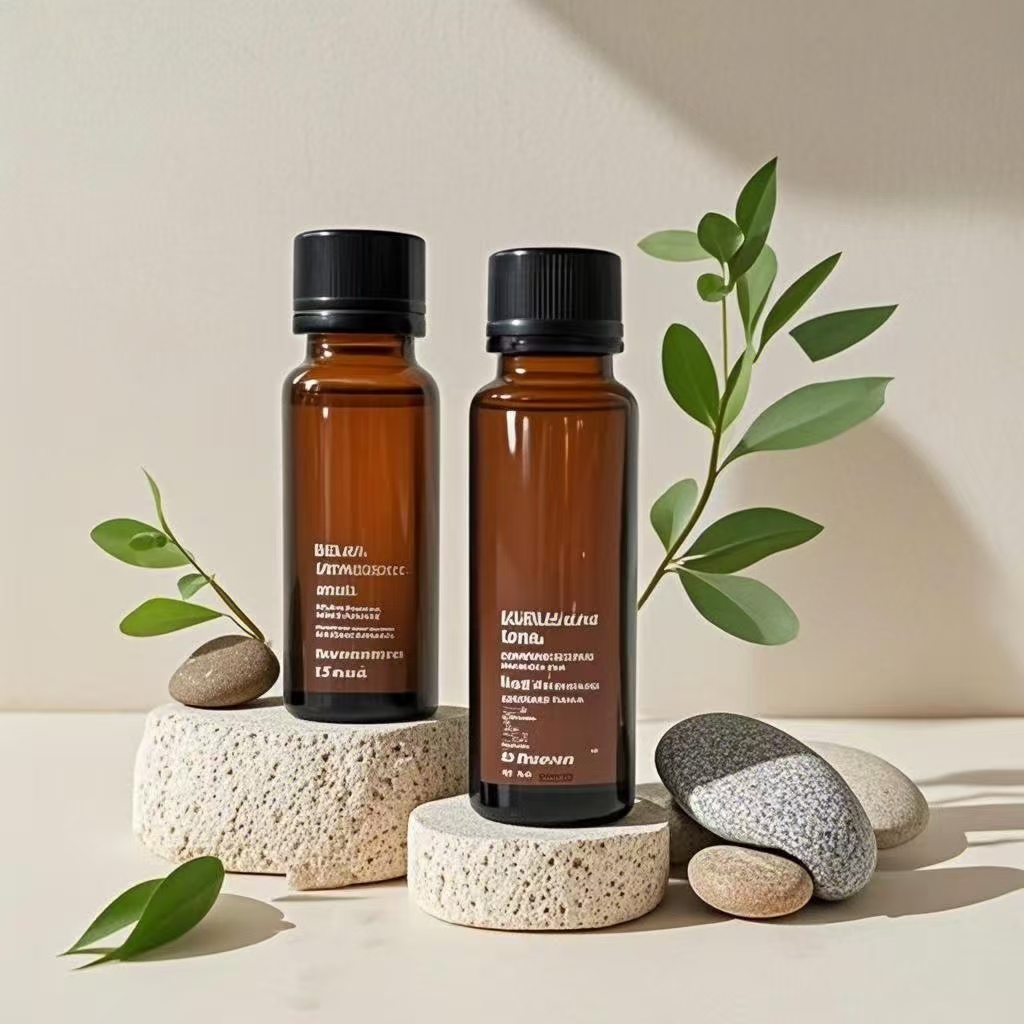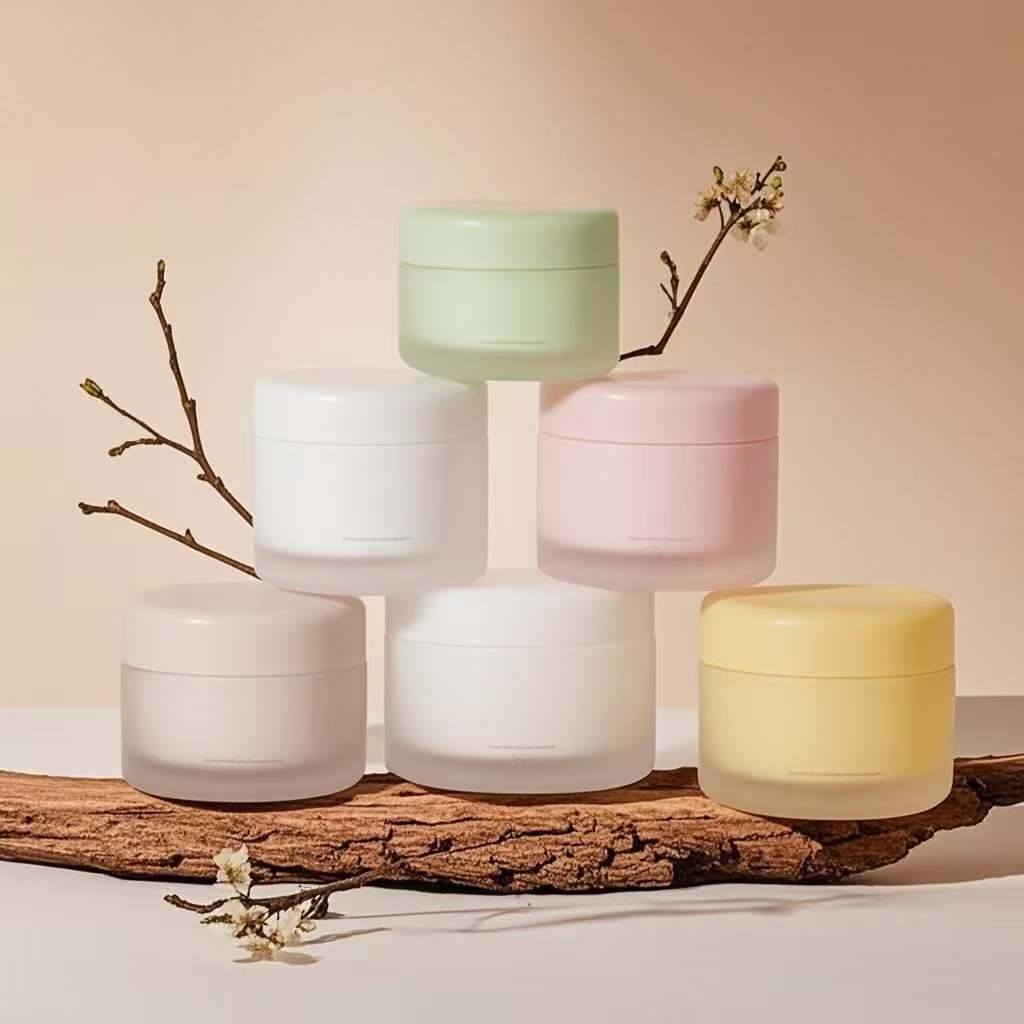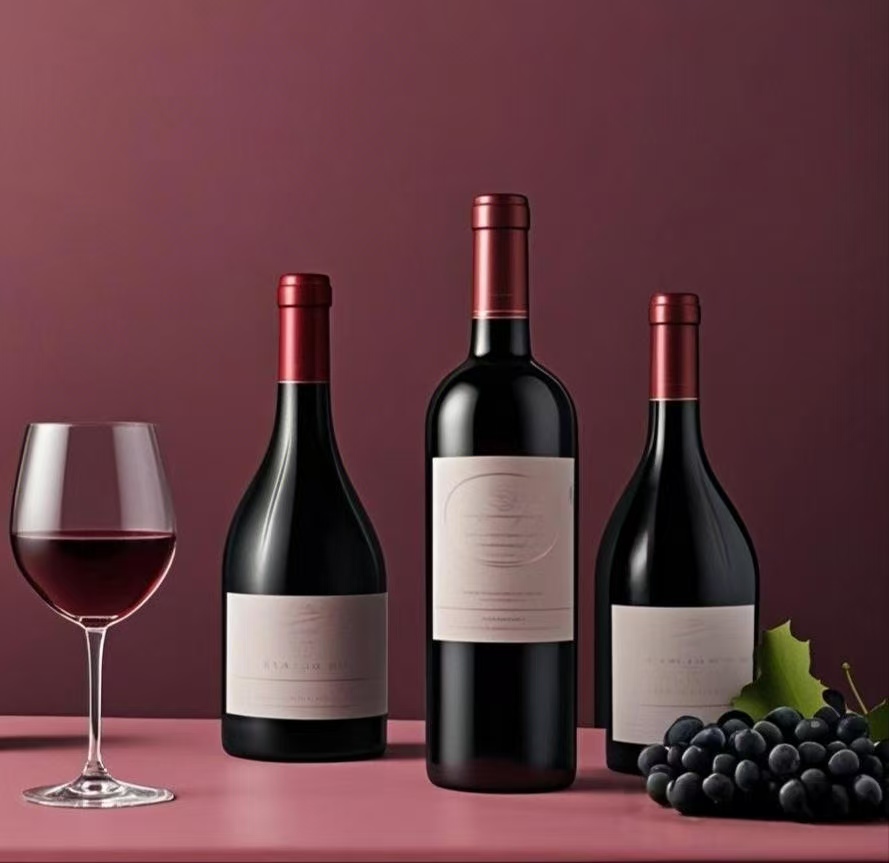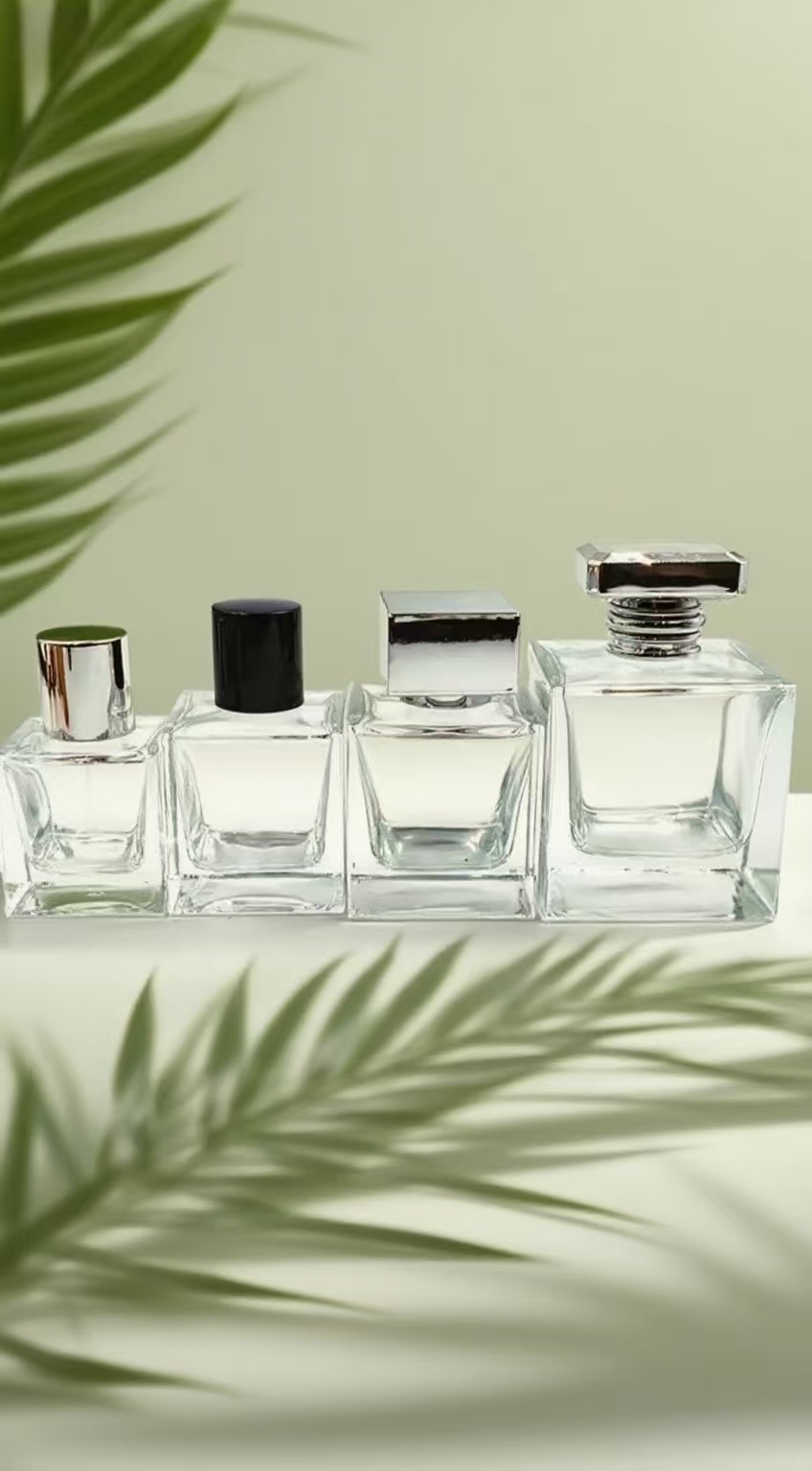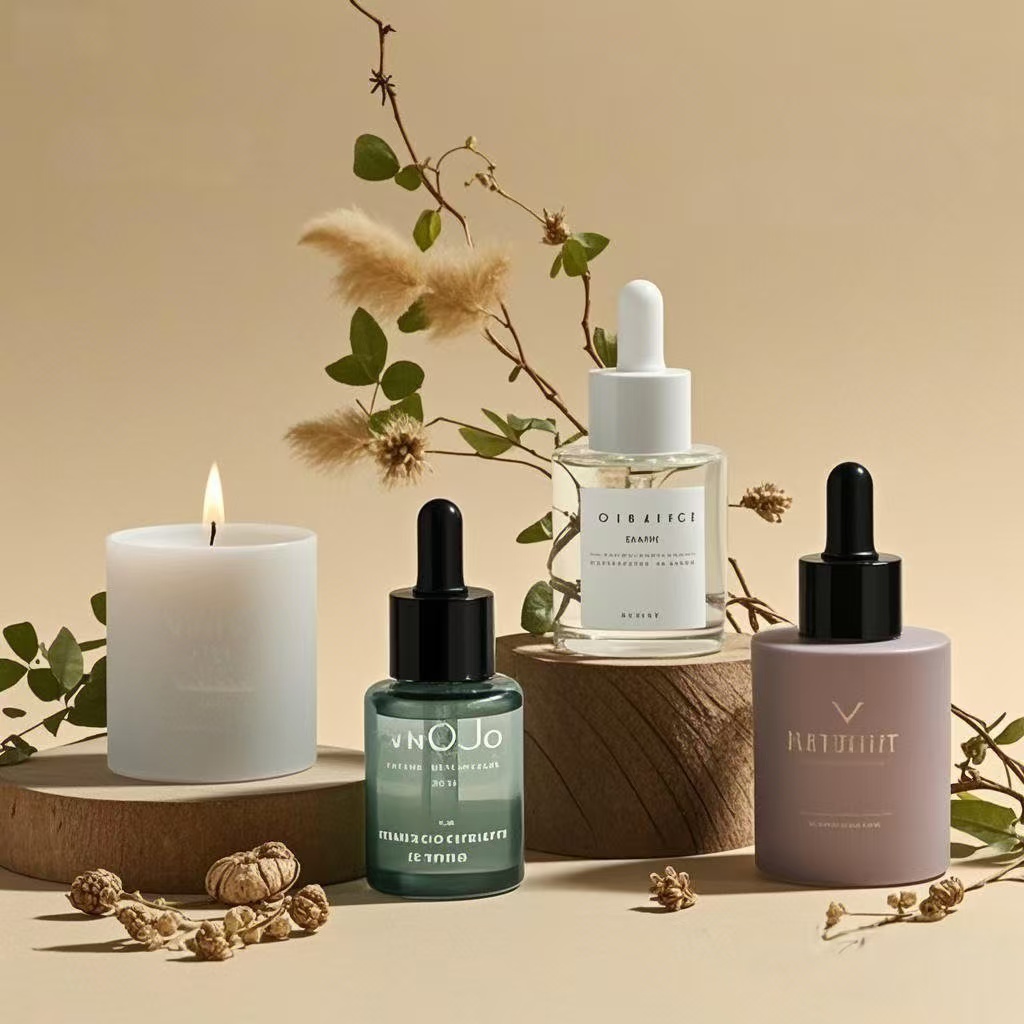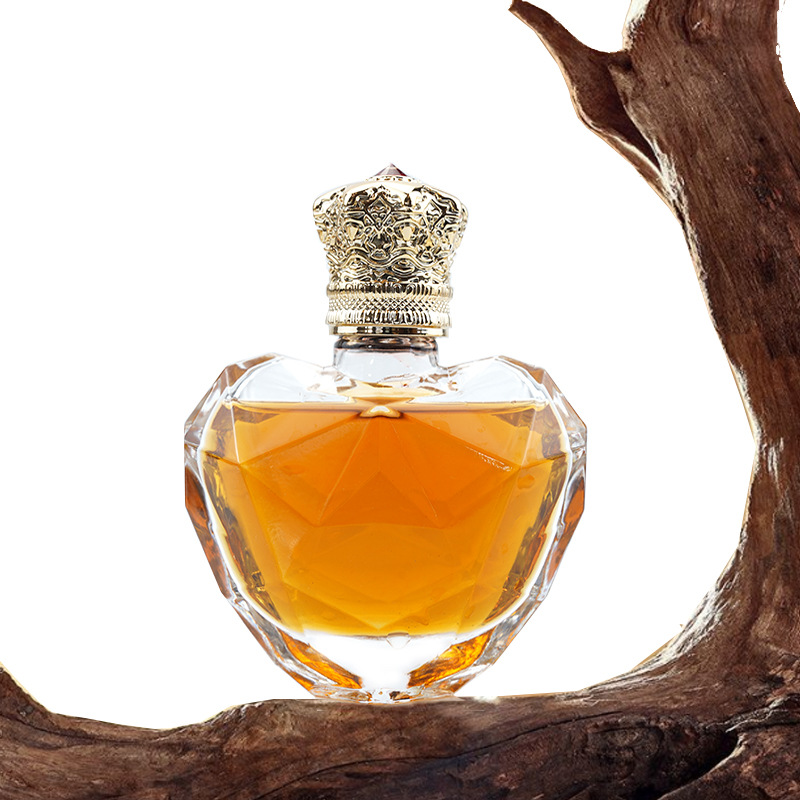Vodka container capacities refer to the different sizes in which vodka is sold and stored. Typical choices span from 50ml mini bottles all the way up to 1.75-liter jugs. Some brands include mid-sized bottles such as 200-milliliter, 375-milliliter, 500-milliliter, and 700-milliliter too. The bigger guys, like the 3-liter and 5-liter ‘nothings, are quite rare but in case of parties or business. Almost all of the world is metric labeled, some areas may still have ounces or even quarts listed. Understanding the capacities assists with event planning or home bar stockpiling. The following sections discuss common and uncommon vodka container sizes, assist in brand comparisons and provide guidance on selecting the appropriate size.
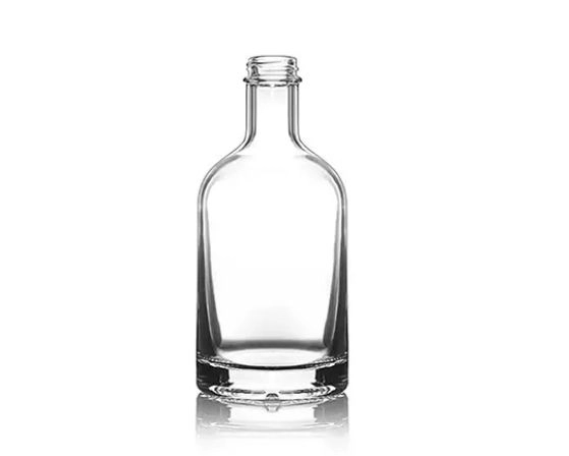

Common Vodka Bottle Sizes
Common vodka bottle sizes vary from small, individual servings to large bottles designed for parties. There are a few standard sizes that the market identifies with having a specific role in retail, hospitality and personal use. These sizes establish pricing and marketing and affect consumers’ participation in purchasing and indulging in vodka.
|
Bottle Name |
Capacity (ml) |
Capacity (oz) |
Common Use Cases |
|---|---|---|---|
|
Miniature |
50 |
1.7 |
Sampling, travel, events |
|
Half Pint |
200 / 375 |
6.8 / 12.7 |
Gifting, trial, cocktails |
|
Fifth |
750 |
25.4 |
Standard, home bars, parties |
|
Liter |
1,000 |
33.8 |
Gatherings, cost savings |
|
Handle |
1,750 |
59.2 |
Large events, bars |
|
European Std. |
700 |
23.7 |
European retail, regional use |
Standard sizes allow shoppers and venues to easily compare value and portion drinks. Bigger bottles save you money, but smaller ones keep things flexible and adventurous. No wonder vodka makers so often make their brand in size and packaging.
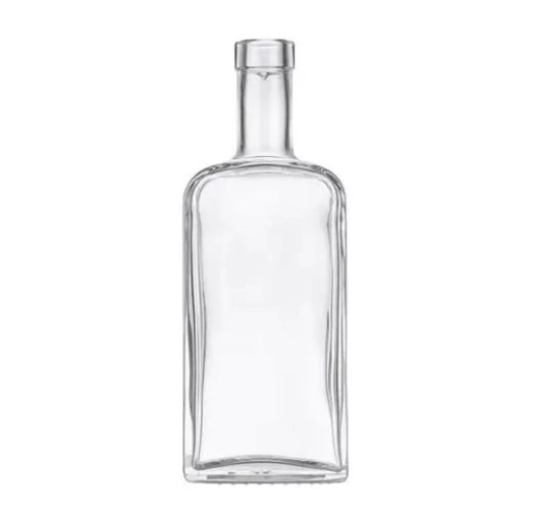

1. Miniatures
Mini vodka bottles contain 50 ml, around 1.7 ounces, just one standard shot. They pack nicely in travel kits and are a staple on airlines. These mini bottles make an appearance at weddings, festivals, and large parties where guests might want to sample or take home a souvenir.
Mini bottles allow consumers to sample new vodka brands without purchasing a full-sized bottle. For collectors and entertainers miniatures provide diversity and a means to allow guests to sample several styles. They’re convenient, portable and cut down on litter.
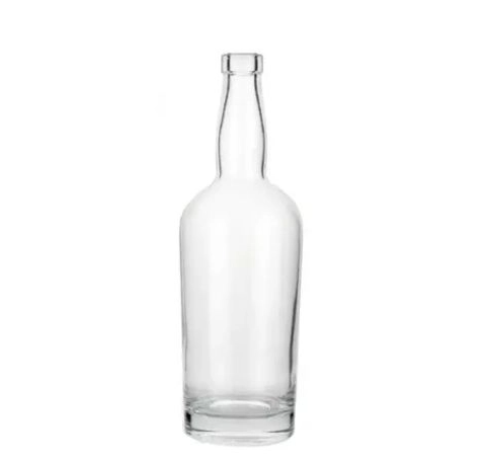

2. Half Pints
A half pint is typically a 375 ml bottle, about 12.7 ounces. Certain other territories employ 200 ml (6.8 oz) as a “half pint” size, which is approximately four shots. These bottles are perfect for the occasional drinker or someone who needs to make tiny batches of cocktails at home.
Half pints keep well in tight spaces and are a hit as party favors. Their size makes them less of a commitment as well, so purchasers can sample the premium brands or new flavors without investing too much.
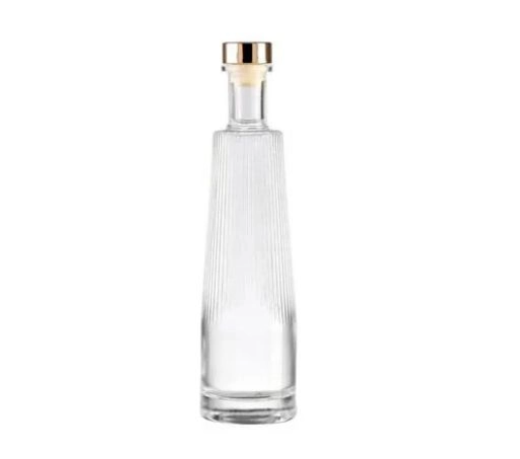

3. The Fifth
The fifth is, of course, the 750 ml bottle, known internationally as the standard liquor size. This bottle contains approximately 25.4 ounces, or 17 shots, which is a staple for home bars and casual get-togethers.
The size strikes a nice equilibrium between value and volume, therefore, it attracts both the everyday imbiber and the home entertainer. The fifth is good for sipping straight or mixing cocktails. It’s popular worldwide for its versatility and affordability.
4. The Liter
A liter bottle provides 1,000 ml, or roughly 33.8 ounces. It is a go-to crowd favorite and bulk vodka parties. Buying by the liter can be more affordable for those who imbibe often.
The liter size reduces those return bottle runs. Bars and bustling venues dig it for volume + value, particularly when dishing up the standard vodka cocktails.
5. The Handle
A handle contains 1.75 L, or 59.2oz of vodka. It’s the biggest, regular sized bottle in most markets and usually has a handy handle spotter attached.
Handles fit big parties, big families and vodka fiends who burn through bottles quick. They’re convenient for venues because they don’t need to be re-stocked as often as smaller bottles. Handles typically cost less per ounce, which makes them an economical purchase for big consumption.
Large Format Vodka Bottles
Big bottles of vodka are more than just bigger than normal and unique in their own right for their social, aesthetic and collectible value. From magnum (1.5L) all the way to the imposing Nebuchadnezzar (15L). They’re selected for occasions, promotions and by collectors hunting the elusive.
|
Format |
Capacity (L) |
Notable Use Cases |
Appeal/Trend |
|---|---|---|---|
|
Magnum |
1.5 |
Weddings, upscale events, parties |
Elegant, practical for groups |
|
Double Magnum |
3 |
Large parties, VIP events |
Rare, impressive statement piece |
|
Jeroboam |
4.5, 5 |
Brand launches, collector's editions |
Symbol of luxury and exclusivity |
|
Methuselah |
6 |
Celebrations, centerpiece displays |
Artistic, memorable, eye-catching |
|
Salmanazar |
9 |
Exclusive galas, collector showcases |
Ultra-rare, luxury-focused |
|
Balthazar |
12 |
Brand promotion, high-profile events |
High-value, conversation starter |
|
Nebuchadnezzar |
15 |
Collector markets, prestigious launches |
Ultimate collector’s item |
Big bottles are conversation pieces and crowd people at parties. With custom bottle sizes, brands get strong shelf impact and differentiation. These bottles are sought after by collectors and enthusiasts alike for their rarity, decorative purposes, and potential as an investment.
Magnum
Magnum vodka bottles contain a liter and a half, or approximately two bottles. In vodka culture, magnums are de rigeur at weddings, milestone birthdays or a corporate celebration. They’re great for sharing with bigger groups, reducing refill frequency.
The magnum size strikes a powerful presence on bar shelves or at the center of a table. The bottle’s scale turns heads and infuses any setting with a feeling of opulence and celebration. For all those large parties, a magnum can actually be less cash per liter than the regular smaller bottles. It’s a smart alternative for the host that desires to mix value and style.
Double Magnum
Double magnums contain 3L–roughly equivalent to four regular-sized bottles. They’re uncommon in most vodka lines but when they are there, they turn heads at large scale events. We choose double magnums for our big bashes or intimate affairs where the goal is to WOW your guests and make the night memorable.
Carrying and storing such large bottles can be difficult, particularly in bustling bars or clubs. They require additional room and reinforced shelves. For your guests, there is nothing more memorable or exciting than pouring from a double magnum.
Beyond
Larger than double magnum are Jeroboam (4.5–5L), Methuselah (6L), Salmanazar (9L), Balthazar (12L), and Nebuchadnezzar (15L). These sizes are rare and typically for the luxury market or collectors. Their exclusivity is in part due to limited production runs and the logistics required to fill, store, and ship them.
Large formats are utilized in high-profile brand launches or as showpieces at industry events. Limited editions frequently come in these large bottles, increasing their desirability to collectors. Some utilize them as art, gifts or centerpieces so they’re functional as well as decorative.
Why Sizes Standardized?
Because they need to be standardized for international commerce, uniform regulation, and transparent purchasing. It benefits producers and consumers alike because it makes packaging, pricing, and serving sizes transparent anywhere you go in the market.
Historical Roots
-
https://paupacking.com/products/glass-liquor-spirit-bottlesEarly vodka bottles were defined by local traditions and glassmakers’ art. In Russia and Poland, half-liter and liter bottles became widespread, suiting social drinking patterns and sharing.
-
With additional vodka poured over borders, a lot of countries fell in line with a 750-milliliter bottle — the standard for wine and other spirits. This change was motivated by commerce agreements and the desire to streamline tariffs.
-
Old sizes still count in areas with robust drinking cultures. In eastern Europe, half-liter bottles continue to be favored for get-togethers at the house, demonstrating how tradition influences our contemporary preferences.
-
Historical forces, such as the switch to glass bottles and broader trade, encouraged most countries to choose similar size bottles, which facilitated selling vodka internationally.
Global Trade
It goes without saying that standard bottle sizes such as 750ml make international trade much easier. They allow businesses to pack, ship, and store bottles with less waste and errors. If there’s a standard size, warehouses and shipping containers and store shelves can be built for that bottle, saving time and money.
Common sizing simplifies tax, duty and labelling regulations for governments to establish and verify. Canada, for instance, uses bilingual labels yet supports the same bottle sizes as nearly every other country. It keeps imports and exports moving with less delay.
Both vendors and consumers win. So manufacturers can produce for a single bottle size, and consumers know what they are getting in every bottle, everywhere.
Consumer Psychology
Bigger bottles frequently appear to be a better value, convincing consumers that they’re receiving more value. Smaller bottles tempt for tasting or gifting and standard sizes inform all parties of what they are receiving.
Standardization allows people to judge how many serves or shots are in a bottle. This promotes mindful imbibing as it’s simpler to monitor intake.
Marketers capitalize on these sizes to aim at various shoppers. Big bottles to pull in groups or clubs, small ones for those wishing to sample new brands.
Inventory Management
Because retailers and bars need standard bottle sizes for seamless stock tracking. They can tally servings, order plans, and prices with less uncertainty.
It reduces errors in pouring or mixing drinks.
Standardized sizes help employees quickly identify and replenish products.
How Capacity Influences Choice
The capacity of a vodka bottle influences the way consumers select, purchase and consume vodka. Container capacity ties into drinking habits, price and brand image. There’s a connection between vodka bottle size and what people require at various times. Here’s a look at the main ways capacity affects choice:
-
Usually comes in sizes such as 50, 100, 200, 375, 750ml, 1 L, 1.5 L (magnum) and 1.75 L. These options correspond to various demands — from an on-the-go individual cup to a huge party. A 750 ml bottle accounts for roughly 34 1.5-oz. Shots poured, though 1-oz. Pours raise the total, which causes the same bottle to serve longer or shorter, depending on the capacity.
-
Mini bottles are convenient to carry and ideal for anyone looking to sample new brands without a significant commitment. Big bottles have more pours and serve up better for sharing or larger groups. Magnums and 1.75 L bottles see increased demand during holidays or parties, whereas single-serve 50 ml bottles are typical for occasions where guests desire diversity.
-
Pricing is connected to size. Bigger bottles usually offer better value per shot, but smaller bottles are cheaper initially. This allows brands to target consumers with varying price capacities. Capacity gives brands the ability to run promotions, such as sampler packs or premium magnums, to attract additional purchasers.
-
How much vodka is in a bottle makes it different. A giant bottle can conjure an aura of plenty at parties. Miniatures can seem luxurious or practical. Capacity influences the amount that people fill, serve and savor.
Brand Strategy
Brands differentiate themselves with bottle size. Others select uncommon sizes so their product pops on shelves. Still others adhere to 750 ml bottles to conform with what purchasers are used to. When brands choose unusual sizes, such as 1.5 L magnums, they communicate luxury or celebration. Brands shift their size lineup to fit what their buyers want, be it single-serve, everyday sharing or something special to celebrate.
Consumer Behavior
We pick vodka sizes for a lot of reasons. The smaller bottles appeal to folks who like to sample a new flavor, or have just one drink. Bigger bottles are for party givers or those seeking the greatest value per shot. With the holidays or festive seasons, buyers move to larger bottles for parties. Daily drunk skews toward the traditional 750 ml, but others opt for the 375 ml for personal consumption or convenient stash.
Market Placement
-
Perhaps most important, shelf height and front placement enhance the display of popular or larger bottles.
-
Smaller bottles go near checkout for last-minute buys.
-
Smart sorting by size and price assists purchasers in finding the perfect choice quickly.
-
Shelf space is limited, so brands select best-selling sizes for premium positions.
The retailers put the 1-liter bottles at eye level. Smaller bottles can be discounted to attract impulse purchases. This arrangement impacts how convenient it is for purchasers to discover and for labels to get noticed.
The Material Question
Vodka caps aren’t just about holding liquid. It influences consumer perception and behavior, impacts shelf life, and even connects with the brand identity. From glass to plastic to new innovations, material decisions present obvious tradeoffs between quality, price, and eco-friendliness.
Glass
Glass bottles are notable for preserving vodka’s stability and freshness. Glass is nonporous, so it doesn’t alter the taste or odour. This is important for luxury labels and anyone who wants every bottle to sip identically, even after months in storage.
Glass appears premium. A transparent, chunky bottle can elevate vodka to the status of ‘occasion’. There’s the aesthetic appeal of glass–weighty, chilling, convenient to handle–which complements the entire journey from pour to sip. That’s at least part of why signature bottle shapes and custom etching are a hallmark of the industry.
It requires a good deal of energy to produce and recycle glass, but it’s infinitely recyclable. Some brands are even putting liquids in lighter bottles to reduce waste and shipping costs. In Europe, most vodka comes in 700 ml glass bottles thanks to local regulations, whereas 750 ml is standard in the US and elsewhere.
A distinctive glass bottle can raise a brand’s stature. Remember legendary bottles—frosted or shaped. They assist buyers in noticing a brand on crowded shelves. Some faithful customers will even gather or repurpose bottles, creating brand-stickiness.
Plastic
Plastic bottles are light and virtually unbreakable. For trips, events, and outdoor use, plastic is convenient — lighter to lug around and less prone to breaking.
Plastic is less expensive to produce, which has made it easier for the big guys to keep prices down, particularly on bigger sizes like the 1.75 L “handle”. Cheaper to ship and make bottles can equate to cheaper for purchasers.
Even so, plastic can seem tacky. Just about any buyer considers it less classy. Some fret about chemicals leaching into the vodka or what it does to the planet. For high-end brands, plastic packaging can convey the wrong message.
New plastics that are more recyclable and sometimes plant-based. A few brands employ reinforced, transparent plastics to simulate glass, going for a combination of both style and utility.
Innovations
New bottle shapes, smart labels and eco-friendly materials are among the trends shaping vodka market. Some brands employ biodegradable plastics or refillable glass to reduce waste.
Technology allows brands to include things like temperature sensitive labels, embedded pourers, or custom closures. These minor adjustments can cause a bottle to pop and command premium for consumers.
As consumers desire more green options, companies move to recycled glass or botanical plastics. Some go for weird shapes or finishes to get the attention while deploying less material.
The future might mean lighter, smarter and more earth-friendly bottles, as brands struggle to reconcile function, aesthetics and impact.
Decoding The Label
Knowing what a vodka label says empowers consumers to select the perfect product and holds brands accountable to be transparent. Labels demonstrate what’s in it, how much it has, and whether the vendor is legal. They simplify it for consumers everywhere to believe in a label and stay loyal.
Global Units
Vodka container sizes come in various units, by region. Immetric system–liters and milliliters is standard in most of the world. A liter breaks down into 1,000 milliliters, and votes less than a liter in milliliters. For instance, bottles might be labeled 750, 500 or 200 ml. In America, packs can display fluid ounces, pints or quarts. For very large bottles — over 100 fl.oz. — labels use fl.oz. Only, rounded to the nearest whole number. Awareness of these units aids consumers in price comparison and prevents bottle size confusion, particularly when purchasing imported vodka.
Making measurements standardizes international sales MORE When brands use transparent, metric sizes, buyers across borders know what they’re recieving. Certain regions have their own special regulations for the label, so a bottle in Europe may appear different than one in Asia or North America. The intention is identical—assist purchasers know precisely what they purchase.
Regional Rules
Vodka labeling regulations vary. A few countries have pretty strict labeling laws as to what goes on the label, including container size, spirit type, and alcohol content. Laws typically ask for net contents in metric units, accurate to the nearest hundredth of a liter. In the U.S., the net contents must be declared in standard U.S. Units. If a bottle contains 200 ml or more, an excessive headspace greater than 8% of the total may deceive purchasers and is prohibited.
Brands wishing to retail in new markets need to learn these rules. Maybe even labels or bottle sizes to suit local legislation. This may translate into additional work, but it assists in maintaining excellence and confidence all around.
Serving Facts
A typical vodka shot is between 40 ml and 50 ml, but the amount varies depending on location and consumption method. Certain cultures like smaller shots, certain cultures pour more. Understanding serving sizes empowers consumers to imbibe responsibly, and allows bartenders to craft cocktails with precision. Cocktail recipes are usually written with ingredient amounts in ml or oz, corresponding to the pack labels so there’s less guesswork.
Serving facts simplify planning for when buyers have a get together. If a label says 750 ml, they can do the math on how many servings to anticipate. All of which assists in everything from party planning to responsible imbibing.
Conclusion
Vodka bottles are available in a variety of sizes, ranging from tiny 50 ml miniatures all the way up to huge 1.75 liter ‘party jugs’. Stores, clubs, and people at home choose these sizes for various reasons, such as convenient storage or handing it off to a buddy. Glass remains the first choice for the majority of bottles, but plastic appears in large bottles for convenient transport. Labels assist locate the dimension and potency with obvious figures. Folks around the world, for everything from at home use to large parties, these bottles get it done. To select the correct bottle read the label and consider your intended use. For new tricks or additional trivia, see additional guides or talk to your neighborhood store pro.
Frequently Asked Questions
What are the most common vodka bottle sizes?
| 700ml, 750ml, 1L, 1.75L are the most popular vodka bottle sizes. These are the most common sizes and cover a broad spectrum of requirements, from individual consumption to parties.
What is considered a large format vodka bottle?
Large format bottles are typically 1.75L or greater. These are the bottles you want to bring to a party or event as they contain more servings and usually provide a better value per milliliter.
Why are vodka bottle sizes standardized?
Standardized bottle sizes facilitate product comparisons by consumers, consistent serving sizes, and shipping/storage by sellers across the globe.
How does bottle capacity influence vodka choice?
Bottle size impacts both convenience and cost. Small bottles are convenient and great for sampling, while large bottles provide discounts for frequent or party use.
What materials are commonly used for vodka containers?
Vodka bottles are most commonly glass or less frequently plastic. Glass for better preservation and premium feel, plastic for lightweight convenience.
How can I understand the information on a vodka bottle label?
The label normally contains the volume, alcohol content and occasionally the country of origin. Check that the capacity is clearly shown in ml or litres so you know how much vodka you’re getting.
Is there a standard global size for vodka bottles?
There’s no one world standard. 700 ml and 750 ml are common sizes in many countries so they’re easy to come across worldwide.




